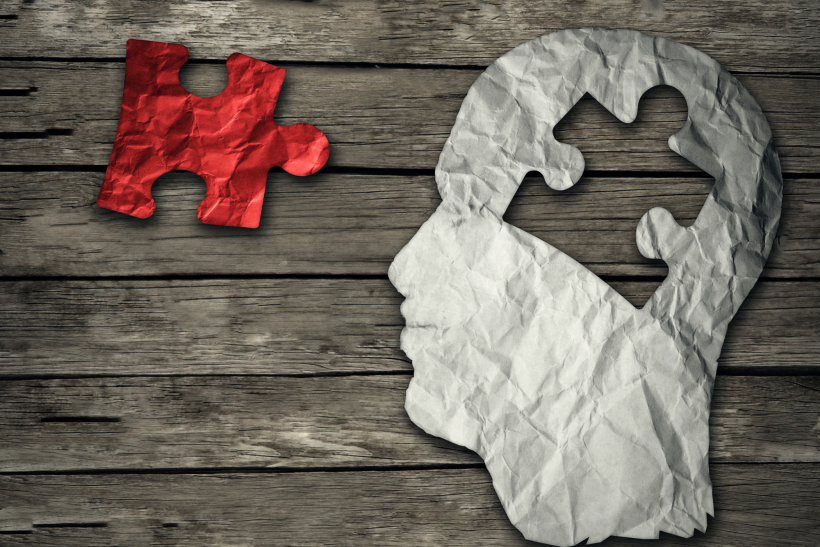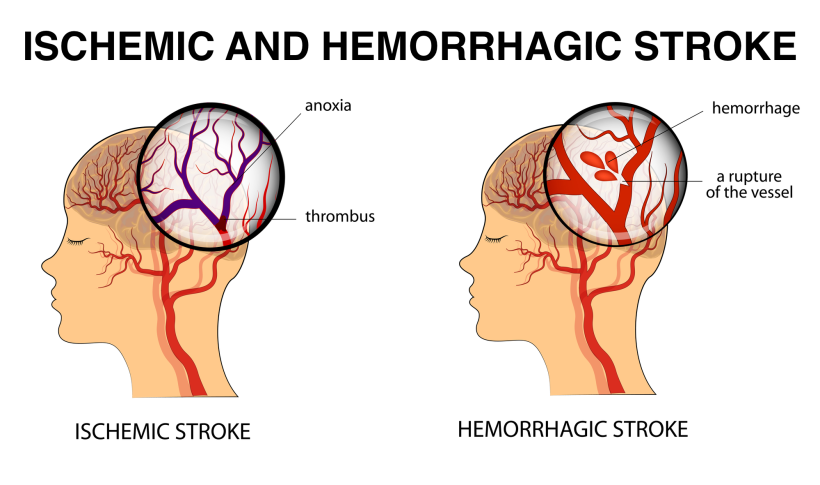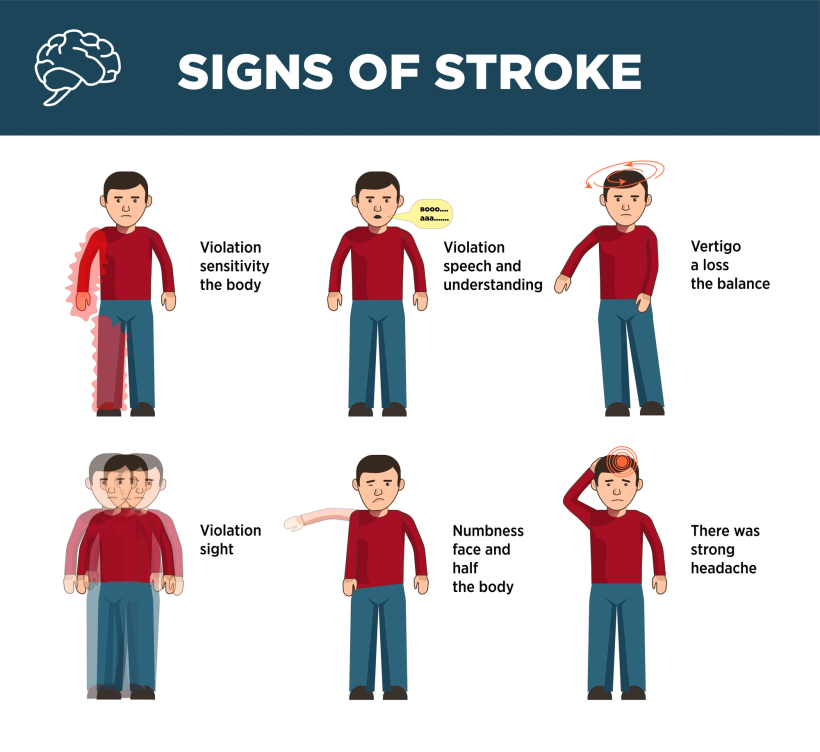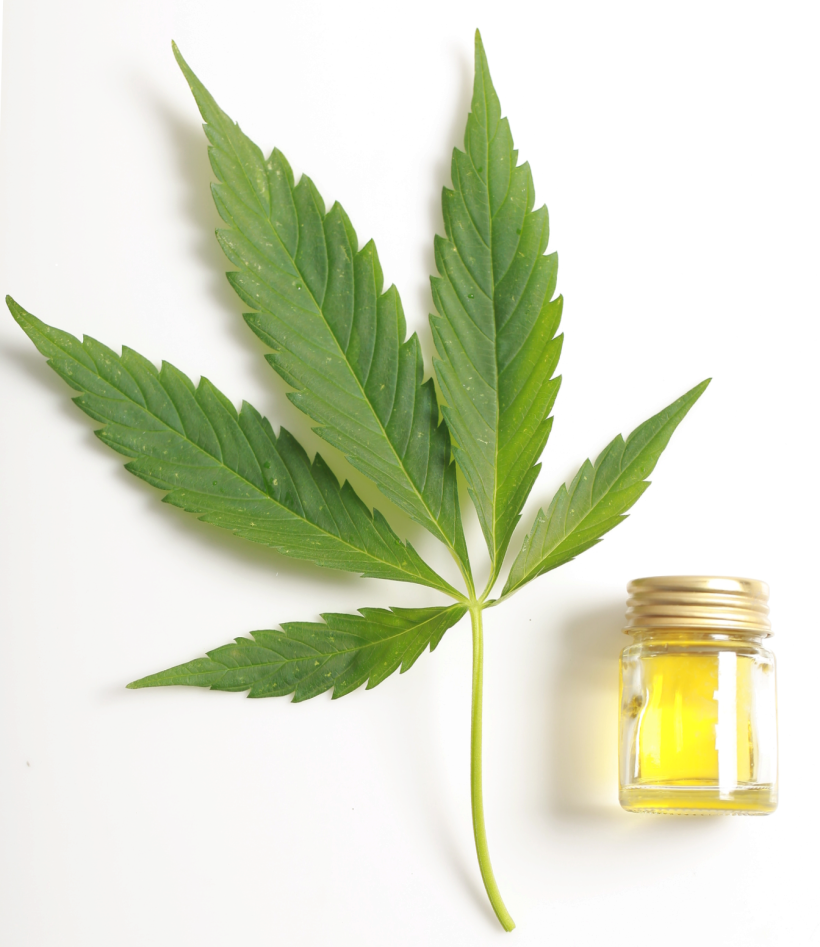CBD and Stroke
A stroke, sometimes also called a "cerebral attack", occurs when blood flow to one part of the brain or another is partially or completely interrupted. The after-effects of a stroke are related to the area of the brain affected, and its extent. What causes strokes ? How can they be prevented ? And, what is the action of CBD oil in the protection of the brain ?

Stroke
Stroke is a serious disease that can lead to severe neurological deficits. It is the result of a blockage of blood flow to a part of the brain. The effects of this interruption in blood flow can be extremely serious, as the affected part of the brain is no longer supplied with oxygen, which can lead to the death of its cells. In most cases there are no warning signs that a stroke is about to occur.
The consequences of a stroke can vary, and more than 50 % of patients will have some after-effects. Only 1 in 10 patients recovers completely. In France, more than 110,000 stroke patients are hospitalized each year. After a stroke, some individuals may suffer from
- Aphasia : difficulties in expressing themselves or writing, but also in understanding. There are different aphasias depending on the area of the brain affected.
- A more or less extensive paralysis. Hemiplegia is one of the most frequent after-effects of a stroke. Generally, the paralyzed area will be on the opposite side of the brain.
- Memory problems, sometimes with problems of concentration and attention. Fatigue, or increased fatigability.
- Articular, muscular or neurological pain that can lead to sensations of tingling and burning.
The 3 types of strokes

Ischemic stroke (85 % of cases)
Ischemic stroke, or cerebral infarction, is the most common form of stroke and the one that gives the patient the best chance of survival. The artery is blocked by :
- A blood clot, this is called a cerebral embolism.
- A cholesterol plaque, this is called a cerebral thrombosis.
Hemorrhagic stroke
It represents 15% of cases, and is the most lethal form. It is mostly due to a ruptured aneurysm, but hypertension, tumors, or coagulation disorders can also be the cause.
TIA
A transient ischemic attack occurs when an artery opens up on its own and does not cause any after-effects. The symptoms are identical to those of a stroke, but they last only a few seconds or minutes before disappearing. TIA can therefore go unnoticed, but it is still a life-threatening emergency.
What are the signs of a stroke ?
As we have seen, the symptoms vary depending on the area of the brain that is affected and its extent. However, there are some signs that may alert you to the most common areas affected :
- A deformation of the mouth. It is not symmetrical, and may fall to one side.
- A feeling of weakness on one side of the body, upper or lower. The person cannot keep both arms up, for example.
- Speech problems
In all cases, if you observe one of these 3 signs, contact the emergency immediately by dialing 15.

Stroke prevention
The risk factors for stroke are well known and are mostly related to lifestyle (90% of strokes). It is therefore possible to act to prevent the occurrence of this pathology. Here are the 10 risk factors determined by lifestyle:
- History of high blood pressure
- Alcohol consumption
- Smoking
- Overweight and obesity
- Lack of physical activity
- Poor diet
- Diabetes
- Atrial fibrillation
- Excessive levels of certain lipids
By modifying some of these parameters when possible, the risk of a stroke can be greatly reduced. Talk to your doctor.
Stroke and CBD
CBD, or cannabidiol, is a cannabinoid discovered in 1940 by Roger Adams. It is one of 146 cannabinoids discovered so far. It is extracted from hemp (Cannabis Sativa). Before going further, it is important to specify that cannabis represents a family of plants, we find thus :
- Cannabis Sativa, or industrial hemp whose CBD can represent up to 40 % of the extract. It is the only variety of cannabis whose culture is authorized, because it contains less than 2 % of THC.
- Cannabis Indica is the variety of cannabis very rich in THC, sometimes up to 30 %. It is widely trafficked for its psychotropic effects. Its cultivation and consumption are illegal.
- Cannabis Ruderalis is used in Asia for its fiber. It is poor in CBD as well as in THC.
All cannabis are not to be put in the same bag as you can see.
CBD (cannabidiol) is a substance that occurs naturally in hemp (Cannabis Sativa). It is extracted, and used in products, such as CBD oil, CBD gums, capsules, etc. It is used for a feeling of relaxation, calmness as well as to reduce the symptoms of certain diseases, or health problems.
The effects of CBD on the brain
Many studies have shown the therapeutic potential of CBD. But more studies are still needed to better understand the benefit of CBD oil in treating stroke symptoms.
- CBD may improve blood flow to the brain, thanks in part to the terpenes found in hemp. Indeed, studies have shown that some terpenes such as Eucalyptol and borneol participate in a better irrigation of arteries and cerebral vessels. Also by acting on serotonin receptors, CBD increases cerebral blood flow.
- CBD would be able to reduce blood pressure, as shown in the study by Jadoon, K. A., Tan, G. D., & O'Sullivan, S. E. (2017).
- Cannabidiol (CBD) helps restore damaged neurons, promoting their recovery Ryan, D., Drysdale, A. J., Lafourcade, C., Pertwee, R. G., & Platt, B. (2009)





